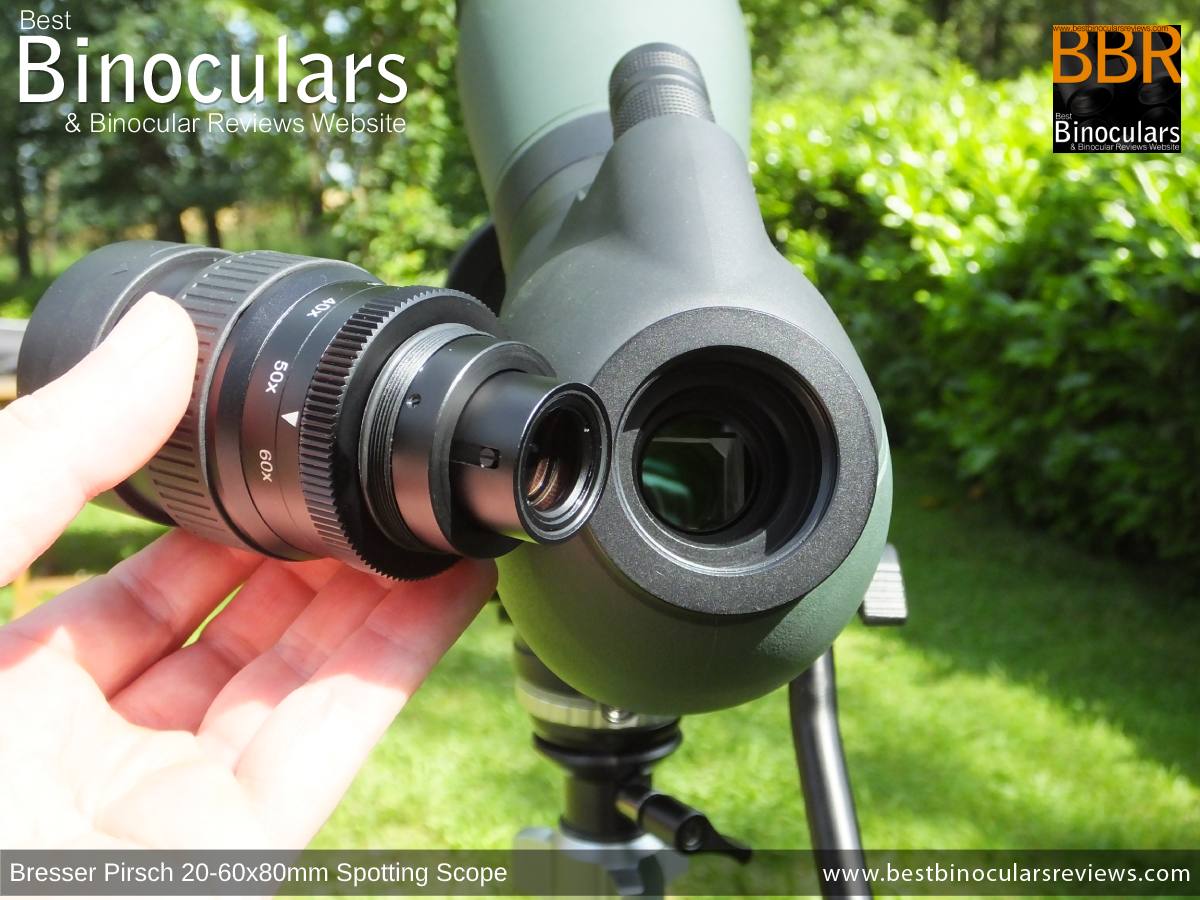A 20-60×60 spotting scope is a great choice for hunters and nature enthusiasts who want to get a closer look at their surroundings. With a 20-60x magnification, this type of scope allows you to see objects that are far away with clarity and detail. The 60mm objective lens gather plenty of light, making this an ideal choice for low light conditions.
If you’re looking for even more power, consider a 20-60×80 spotting scope. These models offer a slightly higher magnification than the standard 60mm spotter, allowing you to see even the smallest details from afar.
When it comes to choosing a spotting scope, there are many factors to consider. But one of the most important is the magnification – how much you can zoom in on your target.
So, what’s the difference between a 20-60×60 and 20-60×80 spotting scope?
The 80 in the second option refers to the size of the objective lens. This is the lens at the front of the scope that gathers light.
The larger this is, the brighter and clearer your image will be.
So, if you want to get the most out of your spotting scope, go for one with an 80mm objective lens.
Gosky 20-60×60 Spotting Scope Review With Phone Mount
Is 20 60X60 is a Good Spotting Scope?
If you’re looking for a good spotting scope, 20-60×60 is a great option. It has a wide field of view and is powerful enough to see details at long range. Plus, it’s relatively lightweight and portable, making it easy to take with you on your next hike or camping trip.
How Far Can You See With a 20 60X80 Spotting Scope?
A 20-60×80 spotting scope can provide an impressive level of detail at long range. With a good quality scope, you may be able to see objects as small as one arc second in size. This is the equivalent of being able to resolve details that are just over 1/3600th of a degree apart.
In terms of linear distance, this works out to being able to see objects that are just over 2 meters apart at a distance of 10 kilometers.
What Does 20 60X60 Mean on a Spotting Scope?
A spotting scope is an important tool for birders, hunters, and other nature enthusiasts. It allows you to get a closer look at your subject matter, and can help you identify birds, animals, and plants.
The “20” in 20 60×60 refers to the magnification power of the scope – that is, how many times larger the image will appear through the scope than it would with the naked eye.
The “60×60” refers to the size of the objective lens (the front lens) – in this case, 60mm. A larger objective lens will gather more light, which is important for getting a clear image, especially in low-light conditions.
Spotting scopes come in a variety of sizes and magnification powers, so it’s important to choose one that’s right for your needs.
If you’re just starting out, a lower-powered scope may be all you need. But if you’re serious about birding or hunting, you’ll want to invest in a higher-quality scope with more features.
What Magnification is Best for Spotting Scope?
There is no definitive answer to this question as it depends on what you are hoping to see through your spotting scope. If you are looking for very small details, then a higher magnification will be better. However, if you are just trying to get a general idea of what is in an area, a lower magnification may suffice.
It really all comes down to personal preference and what you hope to gain from using a spotting scope.

Credit: www.bestbinocularsreviews.com
Conclusion
There are many factors to consider when choosing a spotting scope, including the intended use, budget, and desired features. Two of the most popular models on the market are the 20-60X60 and 20-60X80. Both have their pros and cons, so it’s important to choose the right one for your needs.
The 20-60X60 is a good choice for general use, as it has a wide field of view and is relatively lightweight. It’s also less expensive than the 20-60X80. However, it doesn’t have as much power as the 80mm model, so it may not be ideal for long-range viewing.
The 20-60X80 spotter is a great option for those who need more power and clarity. It has a narrower field of view than the 60mm model, but its extra magnification can make a big difference when trying to see distant objects. It’s also significantly heavier than the 60mm spotter, so it may not be as portable.

Hey, This is Ebert Alberts. I’m the sole writer and creator of all the content you’ll find on this site. I’ve been passionate about shooting with scopes, red dot sights, and all kinds of gun optics for years now. And during that time, I’ve learned a lot – often the hard way. I’ve wasted thousands of dollars on scopes that turned out to be duds, and I’ve also found some real gems along the way.
